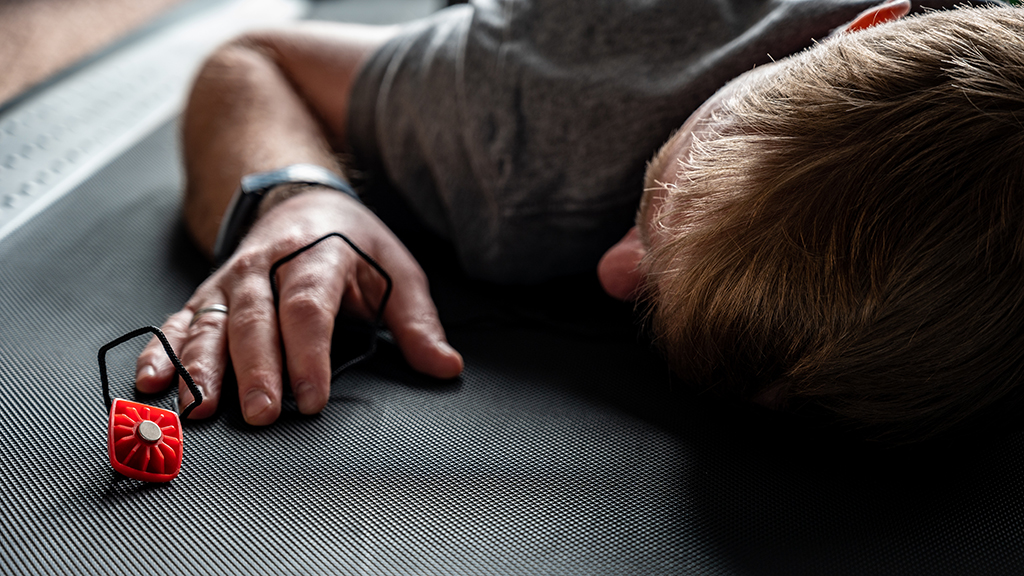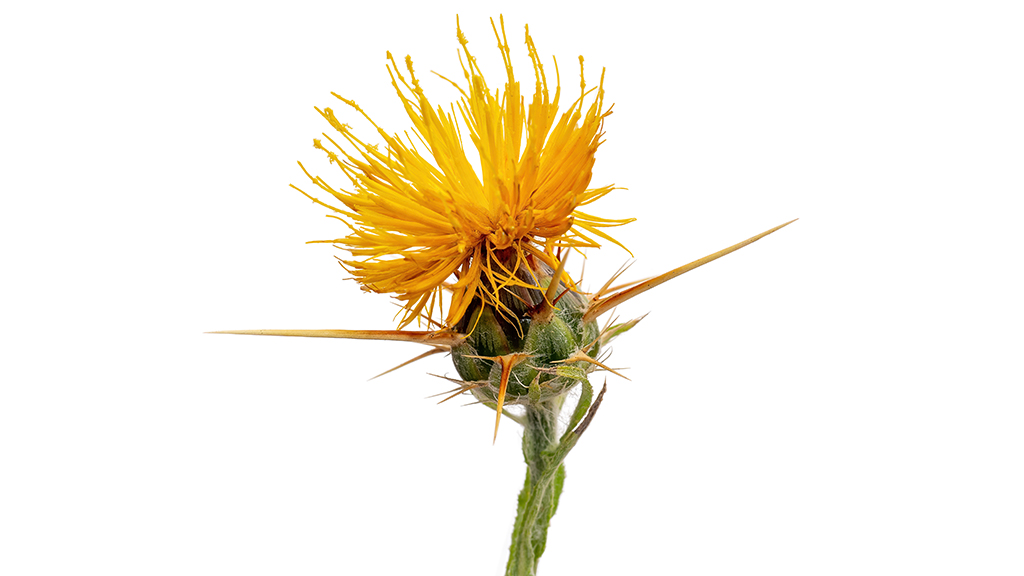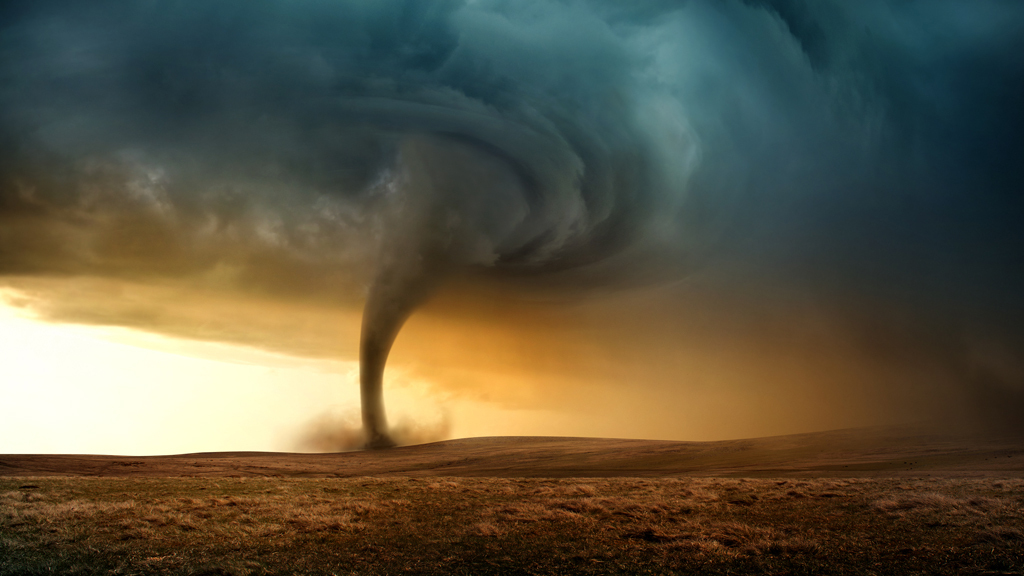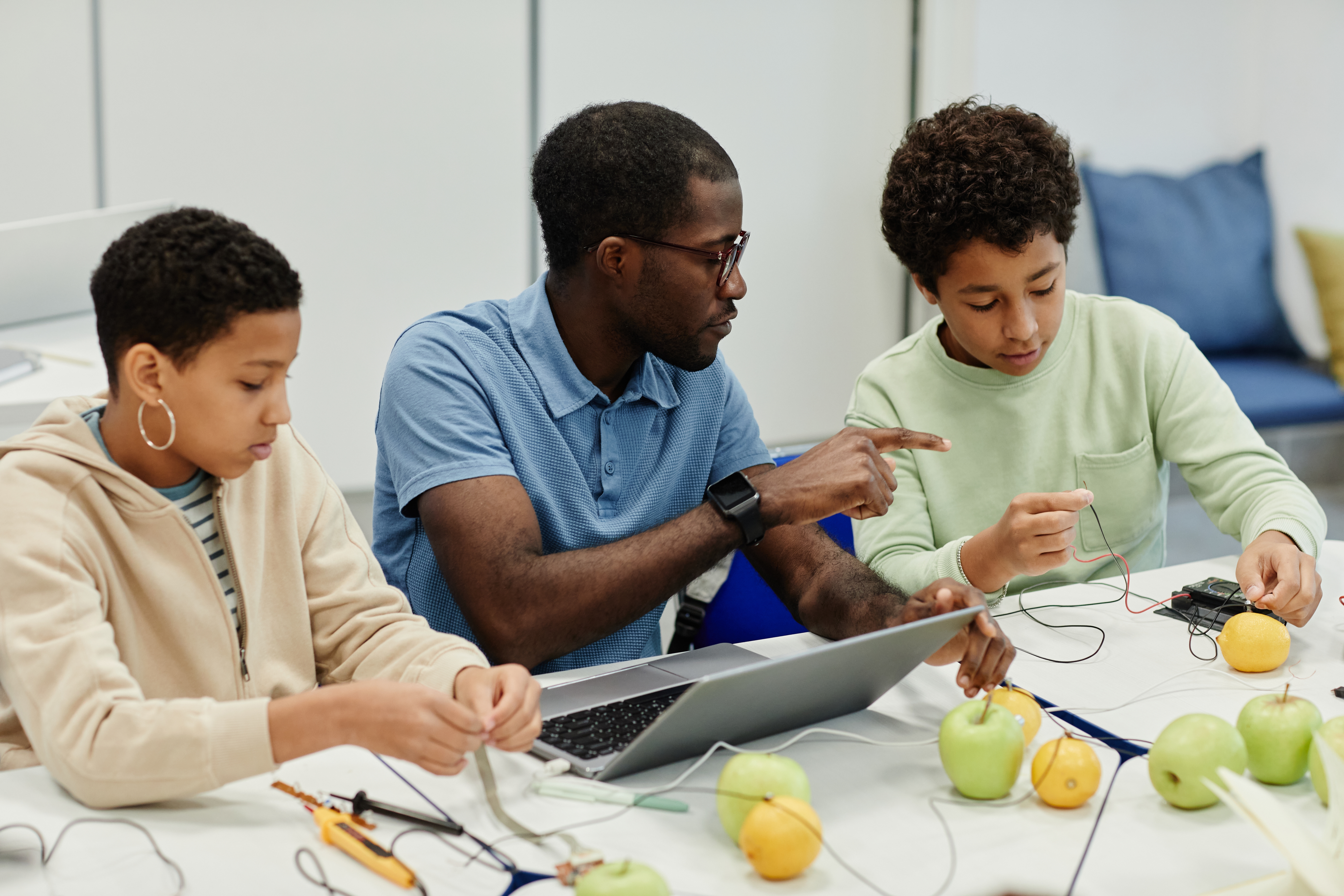Archive: Book Beat Live! Uniting Scientific Discovery with Engineering Design: Discovery Engineering in Biology: Case Studies for Grades 6-12, September 21, 2022
 A great number of the amazing innovations in modern society have resulted from someone making a careful observation, a mistake, or finding out new or different information from experimentation. These unique and serendipitous discoveries tell a story, a story that provides a rich context and understanding of scientific phenomena, to the nature of science, and the data and scientists involved.
A great number of the amazing innovations in modern society have resulted from someone making a careful observation, a mistake, or finding out new or different information from experimentation. These unique and serendipitous discoveries tell a story, a story that provides a rich context and understanding of scientific phenomena, to the nature of science, and the data and scientists involved.
 A great number of the amazing innovations in modern society have resulted from someone making a careful observation, a mistake, or finding out new or different information from experimentation. These unique and serendipitous discoveries tell a story, a story that provides a rich context and understanding of scientific phenomena, to the nature of science, and the data and scientists involved.
A great number of the amazing innovations in modern society have resulted from someone making a careful observation, a mistake, or finding out new or different information from experimentation. These unique and serendipitous discoveries tell a story, a story that provides a rich context and understanding of scientific phenomena, to the nature of science, and the data and scientists involved.
 A great number of the amazing innovations in modern society have resulted from someone making a careful observation, a mistake, or finding out new or different information from experimentation. These unique and serendipitous discoveries tell a story, a story that provides a rich context and understanding of scientific phenomena, to the nature of science, and the data and scientists involved.
A great number of the amazing innovations in modern society have resulted from someone making a careful observation, a mistake, or finding out new or different information from experimentation. These unique and serendipitous discoveries tell a story, a story that provides a rich context and understanding of scientific phenomena, to the nature of science, and the data and scientists involved.
 A great number of the amazing innovations in modern society have resulted from someone making a careful observation, a mistake, or finding out new or different information from experimentation. These unique and serendipitous discoveries tell a story, a story that provides a rich context and understanding of scientific phenomena, to the nature of science, and the data and scientists involved.
A great number of the amazing innovations in modern society have resulted from someone making a careful observation, a mistake, or finding out new or different information from experimentation. These unique and serendipitous discoveries tell a story, a story that provides a rich context and understanding of scientific phenomena, to the nature of science, and the data and scientists involved.






